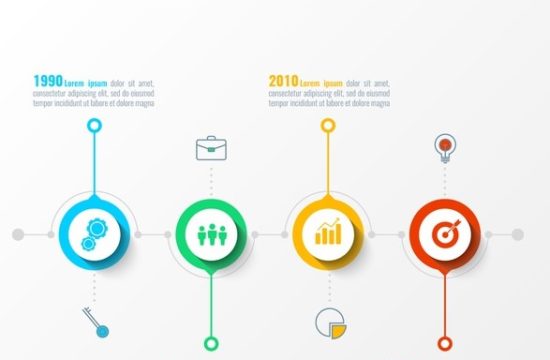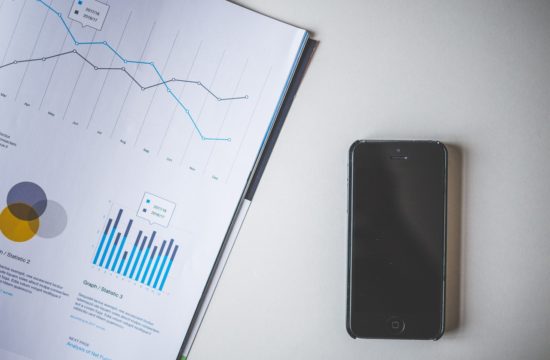Purpose and background:
Data collection is outlined as the procedure of assembling, measuring and analyzing correct insights for research using standard, valid techniques.
Scope and responsibilities:
Be it on a small or large scale, data collection has to be done in an effective way to maintain its accuracy and avoid any estimation errors. In addition, it’s crucial to properly save this data for any current/future reference and for desk research. Data is an integral part of any market research and hence it has to be secured properly be it consumer data, financial insights etc.
Procedure and methodologies:
- Desk research– Secondary data is collected from pre-existing reports or statistics in order to produce valuable pictures. This doesn’t need any fieldwork.
- Focus groups– A research technique used to collect data through group interaction on a specific topic. People with relevant experience/knowledge/skills are selected to provide in-depth insights.
- Depth interviewing– Detailed interviewing of consumer/respondent which further enables validation of research as respondent’s own perspective is incorporated into the research agenda.
- Observation– One of the oldest techniques in market research; observation is nothing, but mystery shopping done with the help of modern, electronic devices.
- Sampling & statistics– For market research happening on a large scale and involving large number of respondents, sampling enables to take a small proportion of the total population and to establish a result that is representative of the whole. Statistical modelling is further used to derive the importance of factors that drive customer satisfaction.
- Questionnaire design– Structured questionnaire is designed by targeting client’s needs which in turn helps to extract specific information from respondents.
- Face to face interviewing– Interviewing the respondents face to face enables them to give more time to consider their answers. Such interviews give greater understanding of answers by studying the respondent’s eye contact and body language.
- Telephone interviewing– This technique is used for uncomplicated, structured interviews. It is cost-effective and can target a wide range of respondents spread geographically.
- Self-completion questionnaires– Physical questionnaire designed to obtain answers from respondents. They are an ideal, simplified tool for solo researchers as there is no requirement for a field force of interviewers.
- E-surveys– A powerful qualitative tool to collate information from relevant, focused groups of respondents or alternatively from anonymous, but genuine respondents.
- Data analysis– Qualitative and quantitative data analysis is done by researchers and by using certain software in order to derive an accurate outcome.
- Reporting– Simplified, precise reporting is done to communicate the findings clearly which in turn leads to firm conclusions and recommendations.












